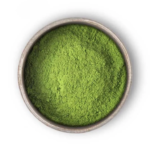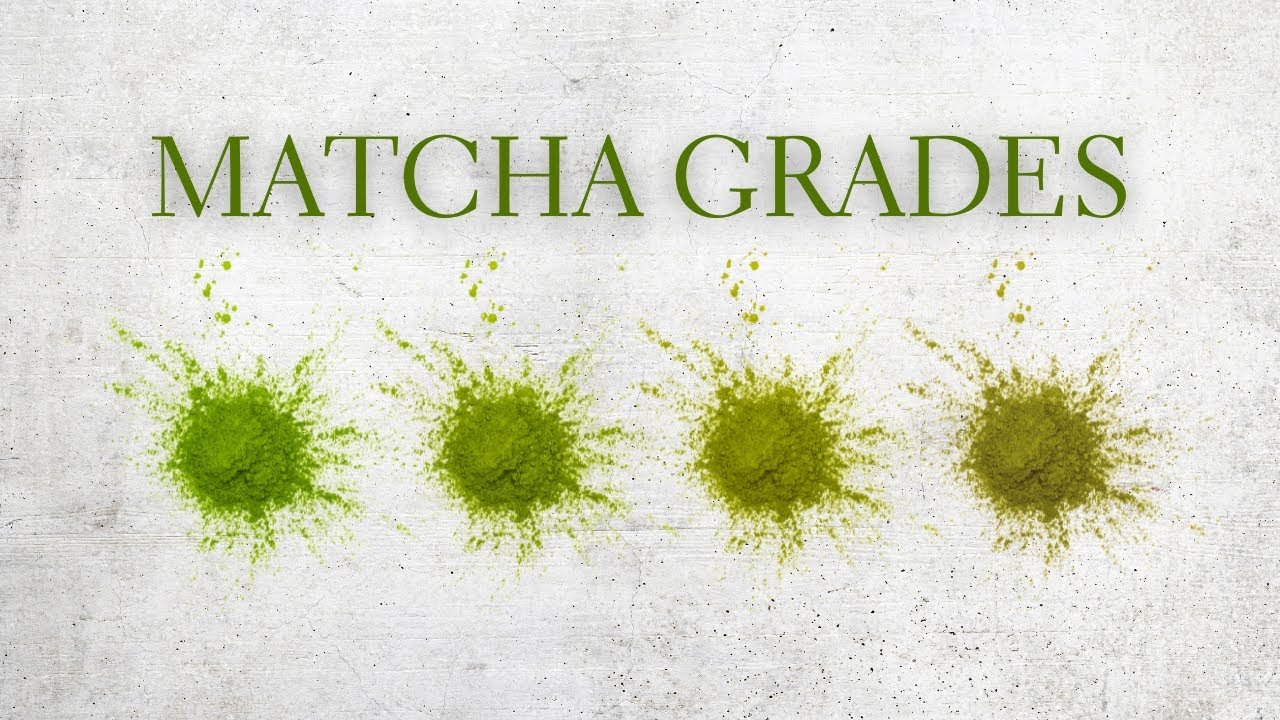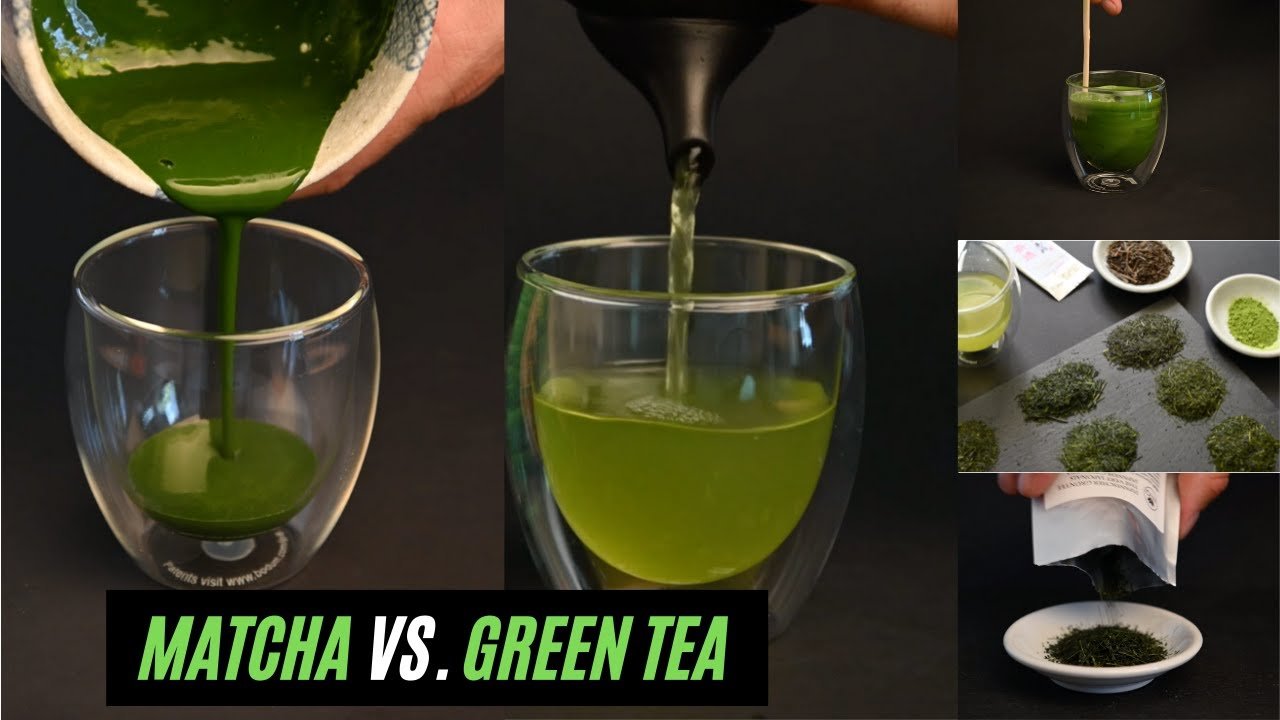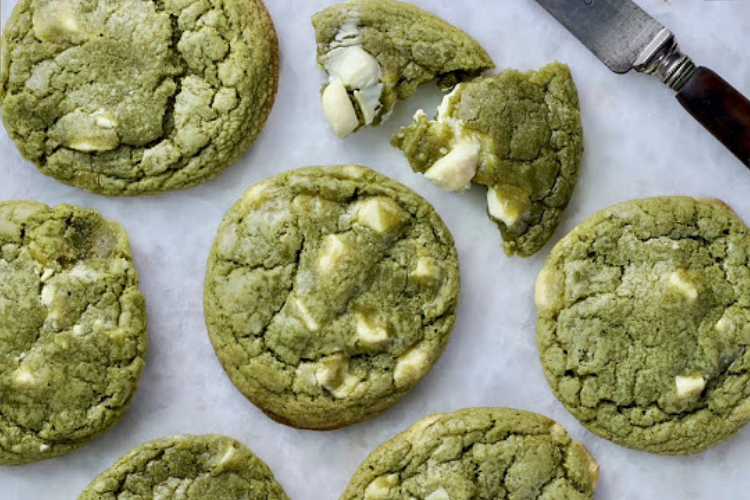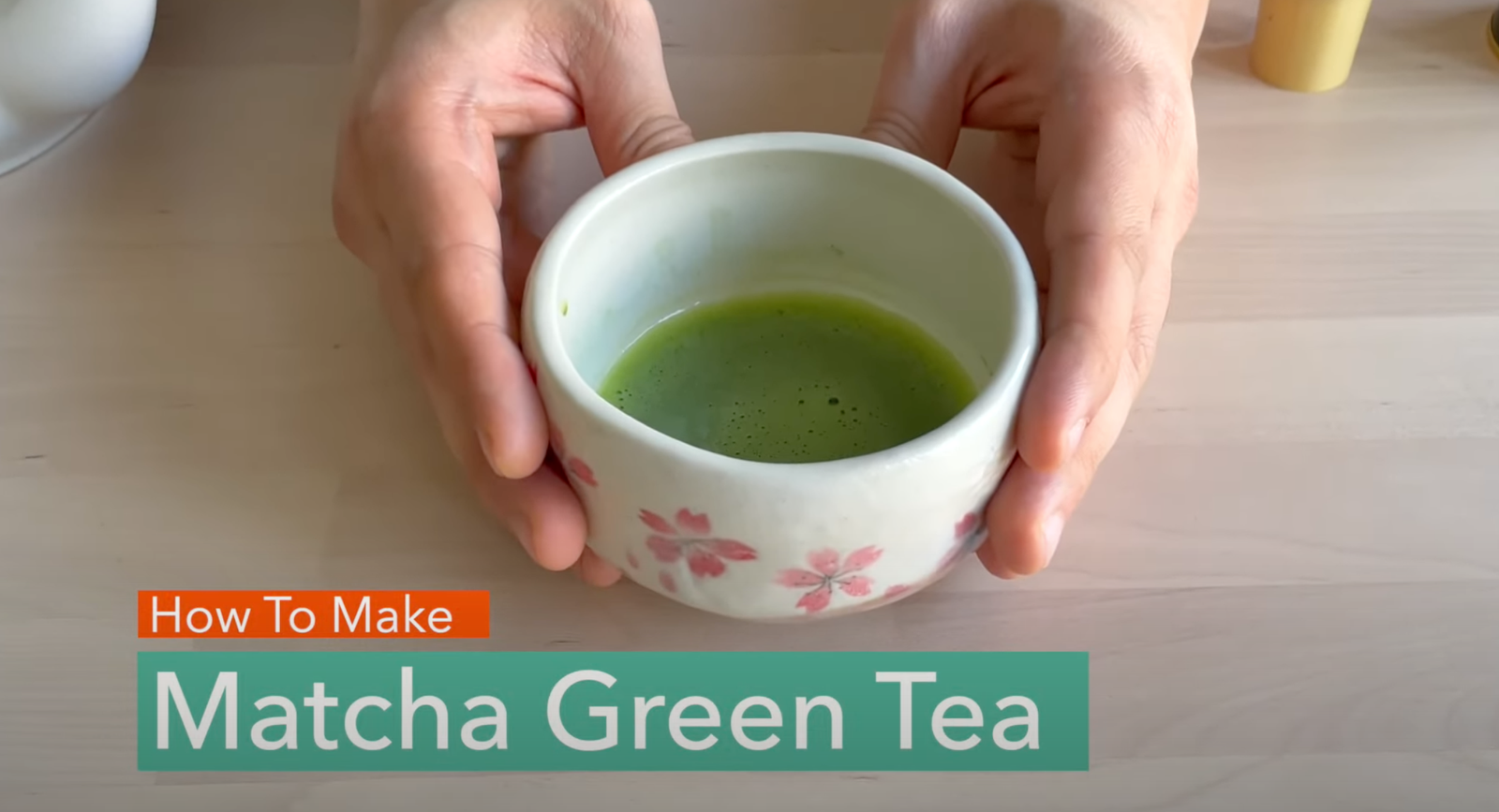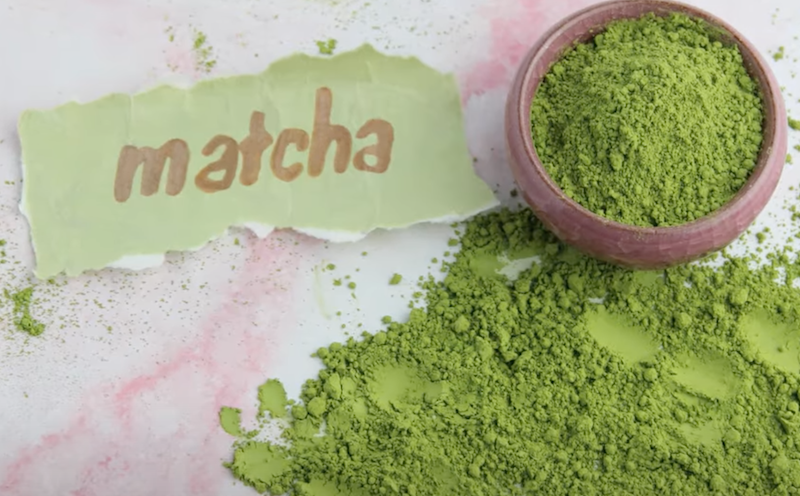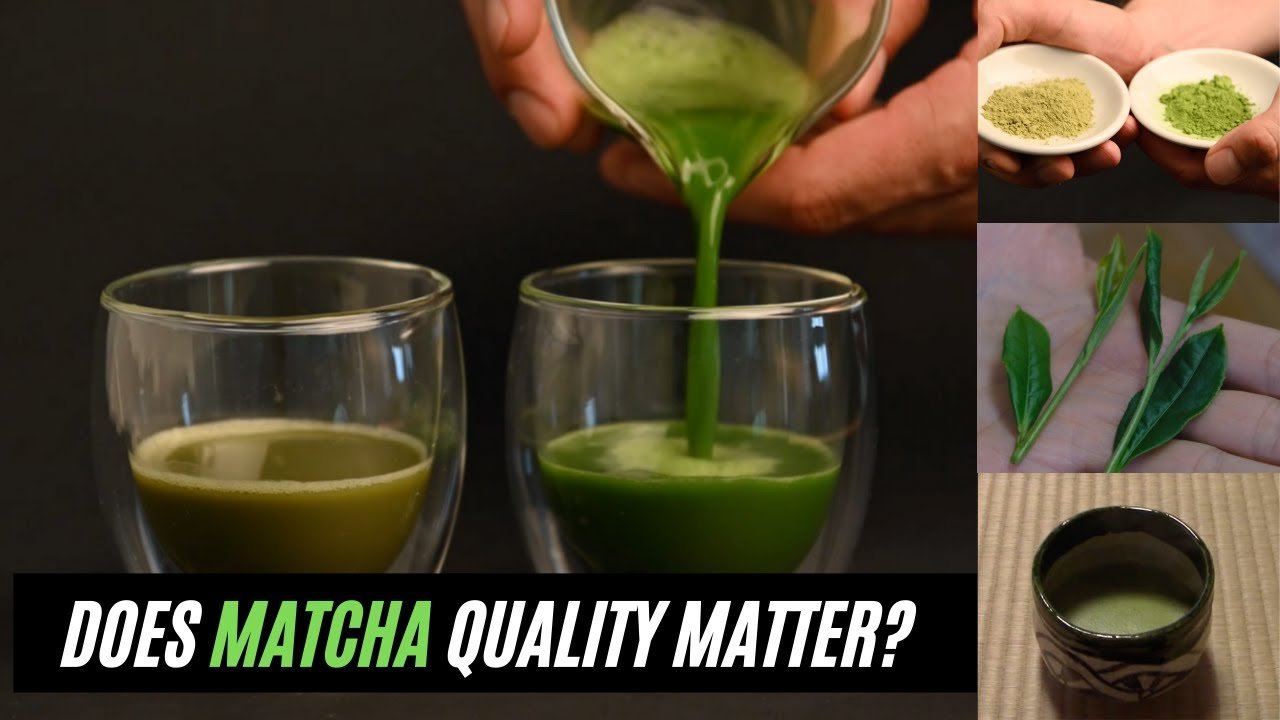With all the different matcha grades out there, it can be difficult to keep track. That’s why we’ve created this simple, easy-to-follow guide. In this article, we’ll explain what matcha grades are, why they’re important, and then we’ll walk you through the different matcha grades. Let’s get started.
Understanding Matcha Grades
So, what are matcha grades? Matcha grades, like ceremonial grade, don’t really have a technical definition, but a good way to break them up is by their intended purpose. They act as a stand-in for quality, and just as you wouldn’t cook with top-shelf wine, you wouldn’t bake with premium matcha. The highest grade matcha would be wasted if you were to add it to milk and sugar. Instead, the premium matcha grades are meant to be savored on their own, and the lower quality matcha greens are meant to be mixed into other ingredients.
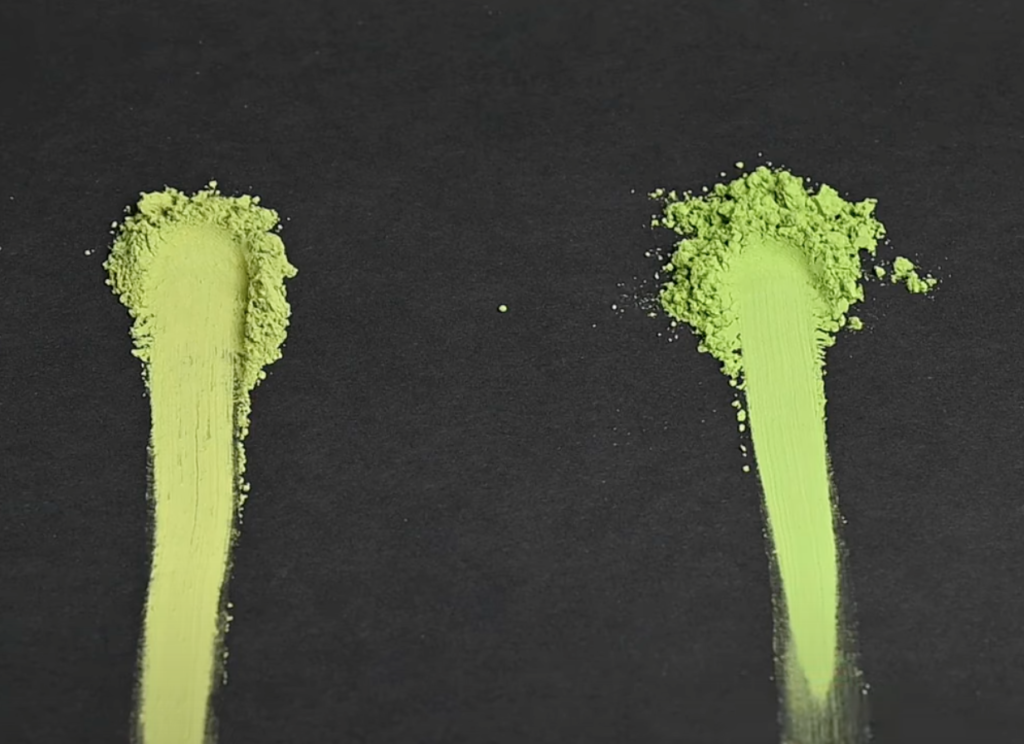
The Different Matcha Powder Grades
Let’s talk about the different matcha grades and what they’re each used for. We’re going to go through three of the basic matcha grades. You may sometimes just see two matcha grades mentioned, but it’s important to differentiate because the middle option can actually be quite good in its own right, just maybe not suitable for drinking plain.
Ceremonial Grade Matcha
First, we have the ceremonial grade matcha powder. If there’s any technical definition of ceremonial grade, it’s matcha that’s intended to be used for tea ceremonies, mixed into water, and drunk plain.
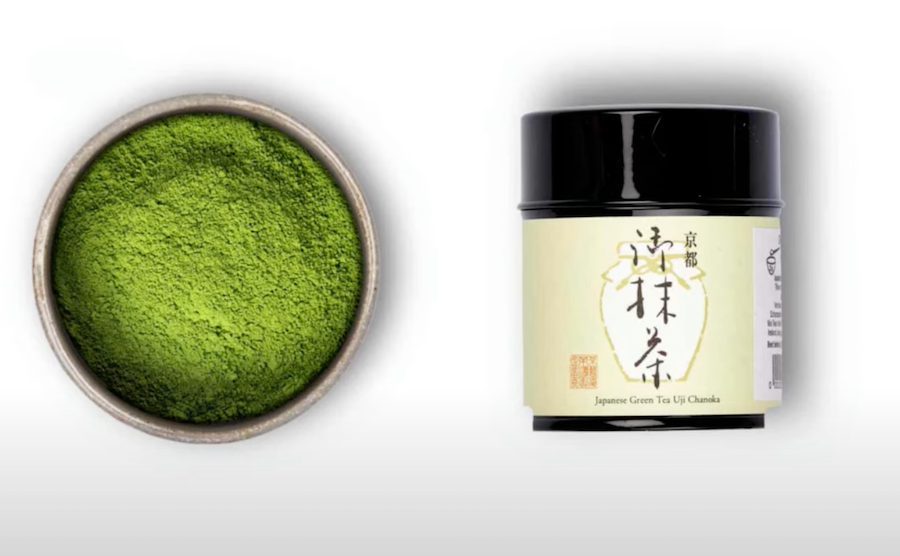
Unlike in a latte, there’s no room for this matcha to hide; it has to be good. A lot of work goes into producing these smoother and sweeter matcha grades.
The Production Process
Let’s take a brief look at the production process. When we talk about ceremonial grade matcha, we refer to the first harvest matcha. The tea plant can be harvested up to four times throughout the year, but the first harvest will be the highest in nutrients.
Next, the tea plants are shaded for three weeks before the harvest in order to develop a smoother and sweeter flavor. When the first harvest comes around in the early to mid-spring, the tea leaves are harvested, but only the top three sprouts are selected.
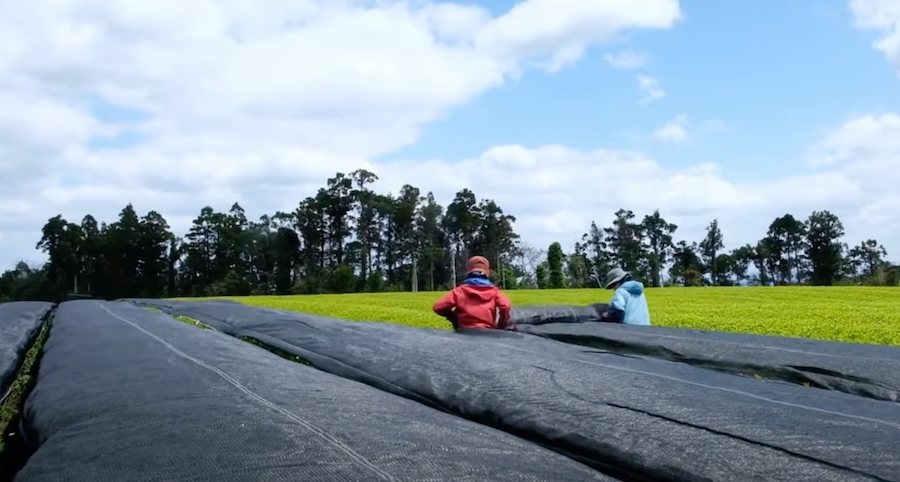
These are the highest in nutrients and the smoothest in flavor, so they’re the most sought after for premium teas like matcha. The processing of the leaves used to make premium matcha grades is very similar to any other Japanese green tea, with two exceptions: the removal of the stems and the grinding of the leaves in a stone mill. This mill takes an hour just to produce 50 grams of this precious powder. As a result, the ceremonial matcha grades are ideal for drinking plain.
Latte Grade Matcha
Next, let’s talk about latte grade matcha powder. If some of the steps are skipped, you end up with a lower grade matcha that is perfect for lattes. Good quality latte grade matcha is grown in Shizuoka by a talented tea farmer who produces it without the use of pesticides or chemicals. He just uses a later tea harvest, and as a result, the latte grade matcha can be bought for a fraction of the price.
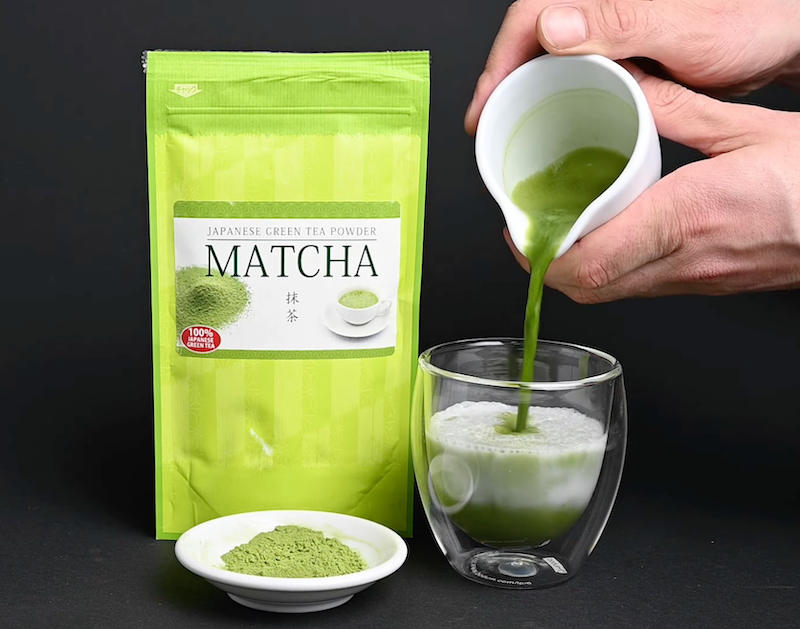
It may not have quite as green of a color and it may be a little bit more bitter, but this is no problem because it’s intended to be mixed into milk and sugar to create a delicious matcha latte.
Culinary Grade Matcha
Finally, we have the lowest grade of matcha powder: culinary matcha powder. As the name would suggest, these matchas are meant to be mixed into other ingredients and create all sorts of culinary treats like matcha ice cream, matcha cakes, cookies, and more.

In general, the more things you add to matcha, the less the quality matters.
Testing Matcha Powder Quality at Home
If you’d like to test out the quality of matcha at home, you can simply compare the color on a sheet of paper and check out how green it is. If it’s a vibrant shade of green, you probably have a good matcha.
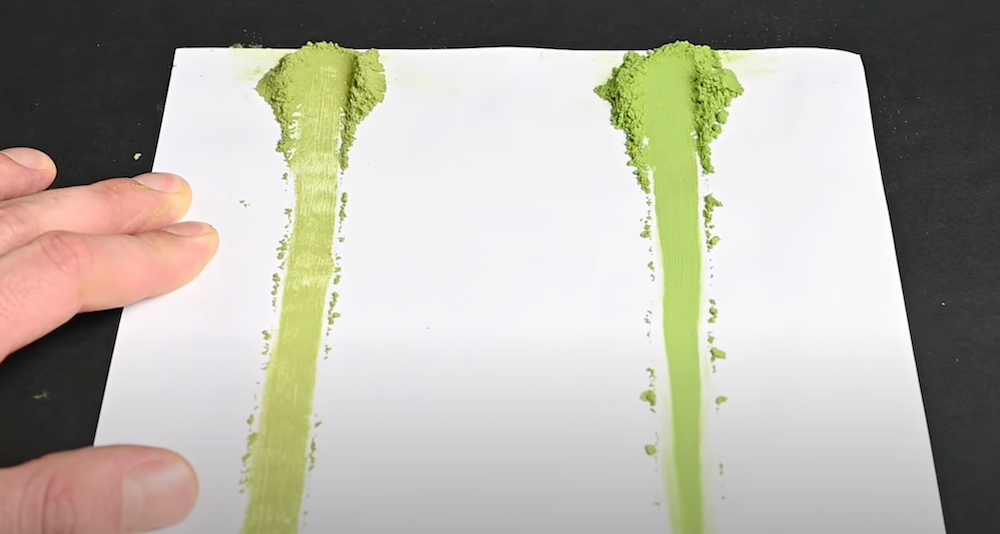
Of course, the color isn’t a perfect indication of quality, as there is variability even within premium matchas, with some cultivars being darker green and others being lighter green.
